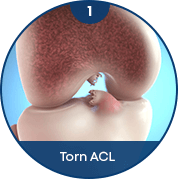
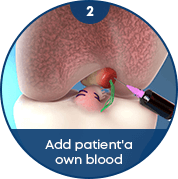
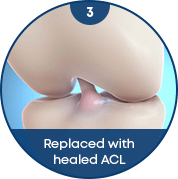




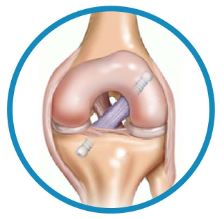
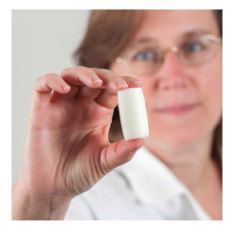
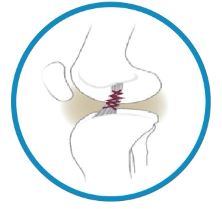



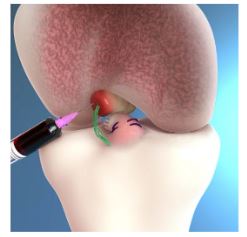
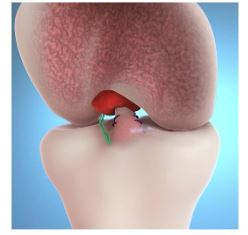
The BEAR Implant actively promotes the body’s inherent healing response by providing support for cell migration and proliferation processes.
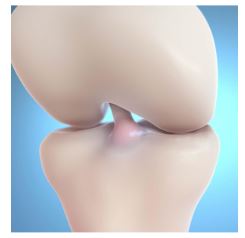
The rehabilitation protocol for the BEAR Implant has undergone meticulous design to ensure the protection of the ACL during the healing process. For more detailed information, please refer to the BEAR Implant PT protocol.
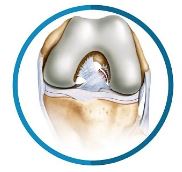
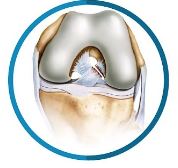
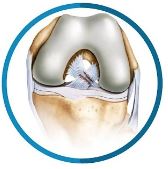
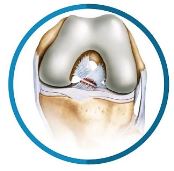
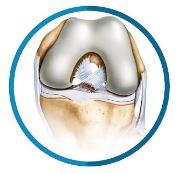
*As measured at 6 months, 6 and 12 months, 6 and 12 months, and 12 months, respectively.
Patients may be candidates for the BEAR Implant if they meet these criteria.

Are at least 14 years old and skeletally mature
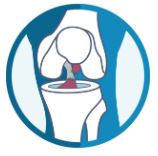
Have a complete rupture of their ACL confirmed by MRI

Can undergo surgery within 50 days of tearing their ACL
© Copyright 2023 · North Jersey Orthopedic & Sports Medicine Institute. All Rights Reserved